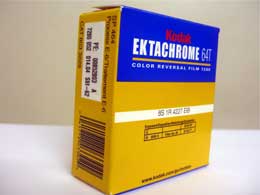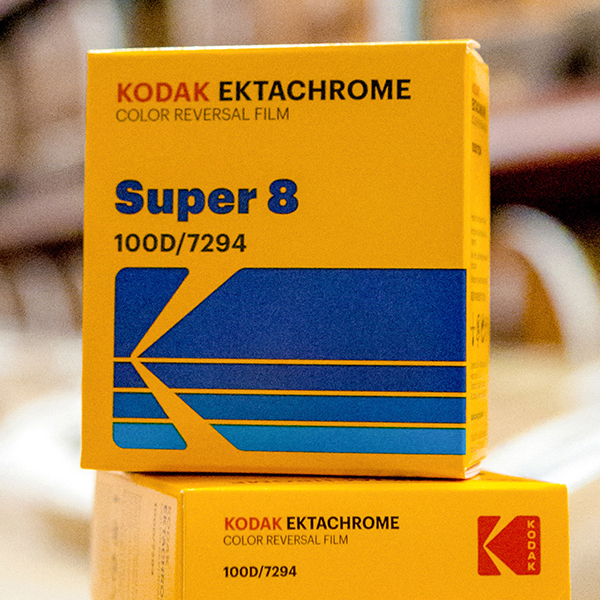Posts Tagged ‘Kodak’
Developing Super 8
1. Choose a Film Lab
Several film labs in the UK specialize in processing Super 8 film. Some well-known ones include:
- Gauge Film
- Andec Filmtechnik (Germany but offers services to the UK)
- iLab UK
2. Prepare Your Film
- Label Your Film: Clearly label your Super 8 film cartridge with your name and contact details.
- Packaging: Ensure your film is securely packaged to avoid damage during shipping. Use a padded envelope or a small box.
3. Select Processing Services
Most labs offer various processing services. Make sure to check their website or contact them for specific details. Services typically include:
- Standard Processing: Developing the film.
- Telecine/Scanning: Converting the developed film to a digital format.
- Push/Pull Processing: If your film was shot at a different ISO than it was designed for.
4. Send Your Film
- Addressing: Send your film to the chosen lab’s address. Be sure to use a reliable courier or postal service with tracking to ensure it arrives safely.
- Order Form: Include a completed order form if the lab requires it. This form typically asks for details on the type of processing and scanning services you require.
5. Wait for Processing
Processing times can vary depending on the lab and the specific services you requested. Typical turnaround times range from a few days to a few weeks.
6. Receive and Review Your Developed Film
Once the lab has processed your film, they will usually return the original film along with a digital copy if you requested scanning services. Review the material to ensure it meets your expectations.
7. Additional Tips
- Communicate with the Lab: If you have any specific requests or questions, don’t hesitate to contact the lab directly.
- Check for Offers: Some labs might have discounts or package deals, especially for bulk processing or student projects.
- Follow the Lab’s Guidelines: Ensure you follow the lab’s guidelines for film submission to avoid any issues.
By following these steps, you should be able to successfully develop your Super 8 film in the UK. If you need more specific details about any of the labs mentioned or further assistance, feel free to ask!
Kodak Super 8 movie camera
Kodak Super 8 movie camera.
Kodak has announced that it will be making a brand new super 8 movie camera.
Features.
It will incorporate a flip out LCD monitor.
The lens will be C-Mount. This will make the camera be able to accept interchangeable c mount lenses. This is a big thing to film makers.
It will have an audio record input.
The Kodak super 8 movie camera will use the same cartridge system of old.
Larger film gate almost 11 percent.
Estimated price will be between $2,500 to $3000 US dollars.
Conclusion.
This price is very high for a super 8 camera. I would suggest that for this type of money you go the 16mm route.
8mm cine film cartridge
8mm cine film cartridge.

